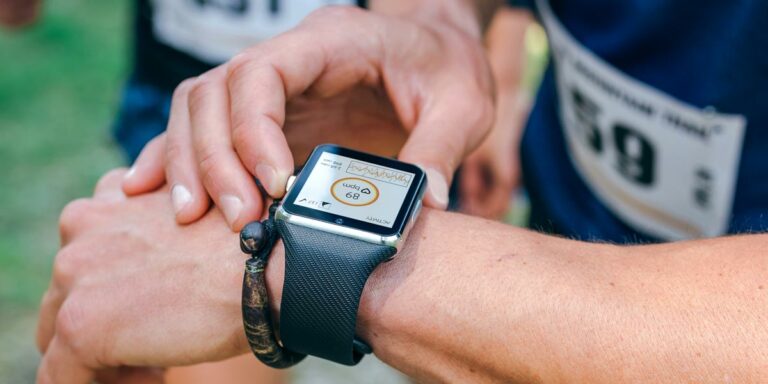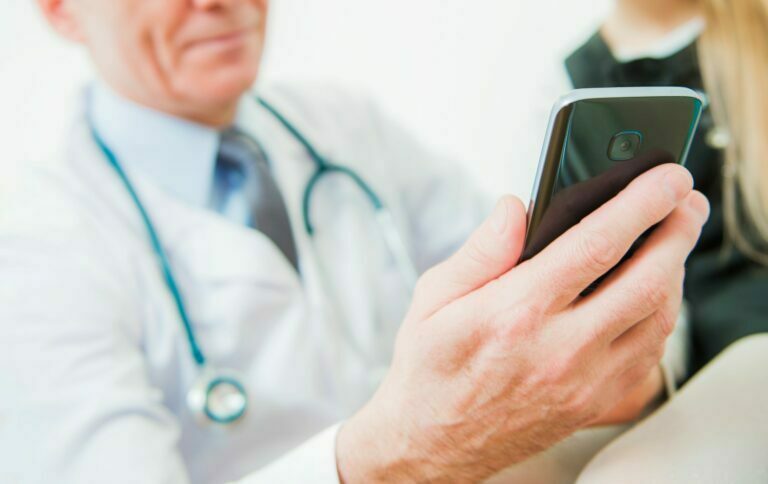The COVID-19 pandemic has sparked significant innovation in the healthcare and pharmaceutical industry. Technology experts’ ability to quickly integrate digital solutions that can aid in important clinical activities and trials is even more remarkable. The expansion of telehealth, remote patient monitoring (RPM) and other virtual solutions allows researchers and providers to meet patients’ needs while also ensuring patient safety, study integrity, and data quality. Let’s see how RPM for clinical trials works.
How Telehealth, Telemedicine and Remote Monitoring Help in Virtual Clinical Trials?
In various ways, Telehealth, Telemedicine, and Remote Patient Monitoring (RPM) have shown the opportunity to significantly impact the data accessible for clinical trials and medical researchers. The technologies used in them have improved to satisfy the needs of a wide range of clinical research projects.
1. Lowers costs, improves efficiency and safety of patients
In a traditional clinical trial, the participants or the researchers must travel to the site to do tests or report, which is not an efficient use of time. Telehealth and its sub-categories eliminate travel time, reduces time spent by staff and costs less. The non-contact method reduces the risk of infection by allowing the entire process to be completed from the comfort of one’s own home.
2. Recruits diverse participants more easily and quickly while keeping them engaged throughout the trial process
Participants want flexibility in trials. According to a 2021 poll in the United States, 54% of adults said they would be interested in participating in a clinical trial if it was within a 30-minute commute, while 29% said they would be interested if the trial site was further away. Approximately 4 out of every 5 adults believe it is critical that clinical trials be easy to access and diverse.[1]
Regardless of the trial participants’ educational or social backgrounds, the trial method should be made comfortable with the aid of technology. The good thing about Telehealth is that participants are not required to travel anymore. Remote Patient Monitoring (RPM), the process of collecting health data from one location to another using technology, is key to reducing the time it takes to recruit a diverse group of participants and keeping them engaged throughout the clinical trial process without requiring them to travel to the site all of the time.
RPM wearable medical devices may lessen the need for clinician visits, providing participants more autonomy and engagement, and thus increasing the possibility that patients would or can enroll in a trial. Patients may not need to keep handwritten data records if data can be acquired digitally and automatically through wearables. They may also be less under pressure during clinical trials to retain this material in great detail.
They may enable researchers to examine and tailor treatment for specific patient groups. Furthermore, the adoption of remote health devices in clinical trials might provide patients with a more consistent and easy experience, which may motivate patients to enroll in and participate in future trials.
3. Improves health data quality and accuracy
It’s important to highlight the advantages of improved data quality and accuracy as a result of new modalities like electronic and multimedia consenting, as well as the capacity to provide patients and physicians with real-time alert systems. For both participants and site investigators, various telehealth solutions that aid in reporting and controlling adverse events during the trial period must be streamlined and quickly configured. It is critical to develop these technologies in the post-COVID-19 era.
RPM’s capability to collect and record health data in real-time has grown owing to the integration of wearable health monitors with mobile phones. DrKumo Inc., leader of the Next-Generation RPM, deploys state-of-the-art technology, equipped with strong a cybersecurity framework, which enables continuous and real-time live streaming of patient-generated health data. These data can be captured constantly as long as a person is operating or wearing the device, resulting in larger and more accurate samples that provide a more complete picture of a person’s health— as opposed to traditional on-site reporting that lacks the context of what happened before and after.
Read more: Top 3 Features of Ideal Remote Patient Monitoring for Decentralized Clinical Trials
Takeaway
Telehealth has various advantages, including the fact that users’ concerns about safety and convenience are immediately addressed. In addition, the diversity of trial participant recruitment and engagement has dramatically improved, resulting in more accurate observation and reporting of real-world impacts of medications and therapies.
References:
- Clinical Trials Are Slow and Expensive. Industry Leaders Want That to Change in 2022 – Morning Consult. Morning Consult, morningconsult.com, 21 Dec. 2021, https://morningconsult.com/2021/12/21/clinical-trials-poll-2022/.








